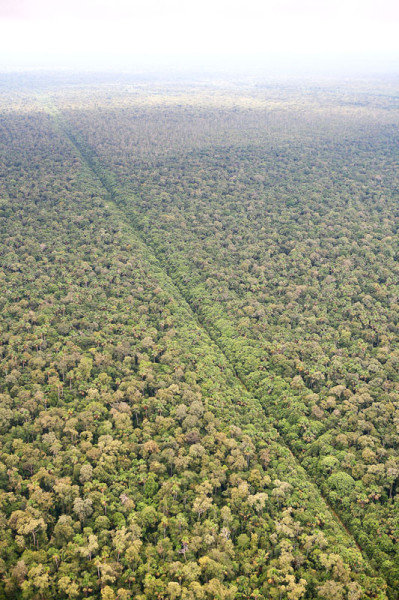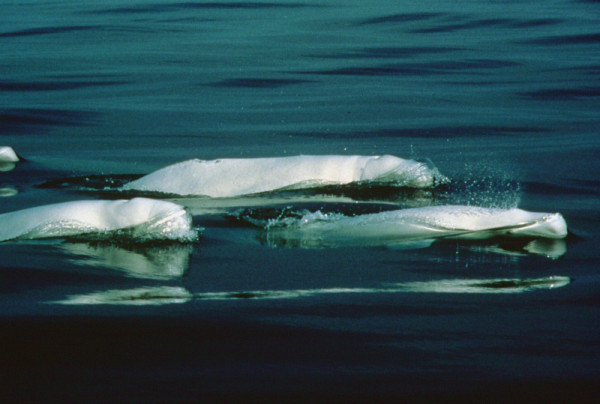What We’re Talking About When We’re Talking About Line 9
It’s been a little over a year since Enbridge made its initial bid for the Line 9 reversal – a proposal to transport light crude and diluted bitumen (dilbit) from Western Canada’s oilfields to refineries in Quebec. The debate over Canada’s energy path has only become more heated and polarized during that time. On the other side of the country, First Nations and environmental organizations—including WWF—have raised significant concerns about Enbridge’s Northern Gateway pipeline, where the risks of transporting toxic crude across wild rivers and productive seas is beyond reasonable. The review process, which gave the project a green light, fostered so much distrust that legal battles have already begun.
To the South, tensions around the Keystone pipeline have put a historically significant strain on Canada-US relations. Powerful PR delegations from Canada have met with passionate protests on both sides of the border. Meanwhile, President Obama’s firm position that links a decision on Keystone to a clear picture of its climate implications has forced Canada to confront uncomfortable facts.
What all of these lightning rod issues—from Line 9, to Gateway, to Keystone—raise is the need for a broader national conversation about the future we’re choosing for Canada. Energy infrastructure investments are long-term decisions. But they are not being made with a long-term vision for what is best for Canada—either for our economy or our environment.
The choice to transport Alberta’s oil products to our coasts and beyond has direct local impacts—and poses very real risks—to ecosystems, wildlife, and communities. Just as Northern Gateway would cross hundreds of salmon streams, Line 9 will carry crude and dilbit over every river that flows into Lake Ontario and the St. Lawrence. Indeed, the pipeline will transect some of the most densely populated regions of our country. A spill or leak would be unimaginably disastrous, threatening the safety, health and drinking water of potentially millions of Canadians. Not to mention the fish, birds and other wildlife that depend on our freshwater ecosystems.
© Robert Michaud / WWF-Canada
Yet while pressure to lock in decisions like Line 9 has ramped up, environmental legislation and oversight has ramped down—all in the name of expediency. Wouldn’t it be more reasonable to match our development ambitions with robust and meaningful protections for our rivers, oceans, and the species that depend on them?
At the same time, our decision to invest Canada’s future prosperity in the most carbon intense fuel in the world comes at precisely the same moment when the impacts of climate change are becoming impossible to ignore. How long will Canada be able to maintain credibility if we continue to blithely disregard our own international climate targets? How long will a fossil-fuel based economy thrive in an increasingly carbon-restrained future? We cannot claim the higher-ground if we are not seriously confronting these questions.
Ultimately, decisions like Line 9 along with other pipeline approvals have the cumulative impact of locking us into a high carbon future. By law, the National Energy Board is prohibited from reviewing issues of climate change when considering applications to build new pipelines, or to reverse the flow of existing ones. Yet our government has set climate change targets that won’t be met if these decisions go forward. Who is taking the long-view to protect Canada’s deepest values and greatest interests? As the discussion around Line 9 continues, this is the question Canadians should be asking.



